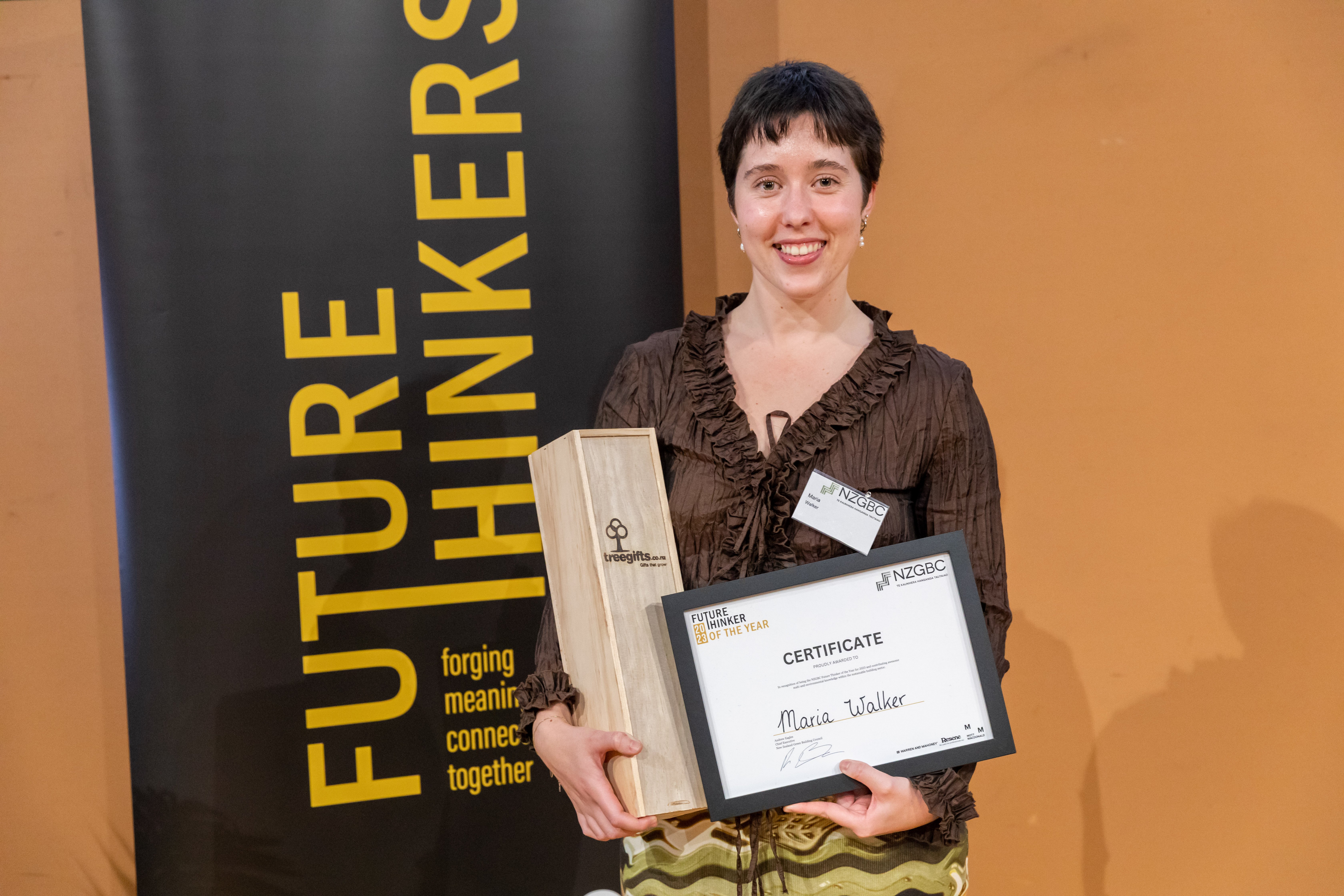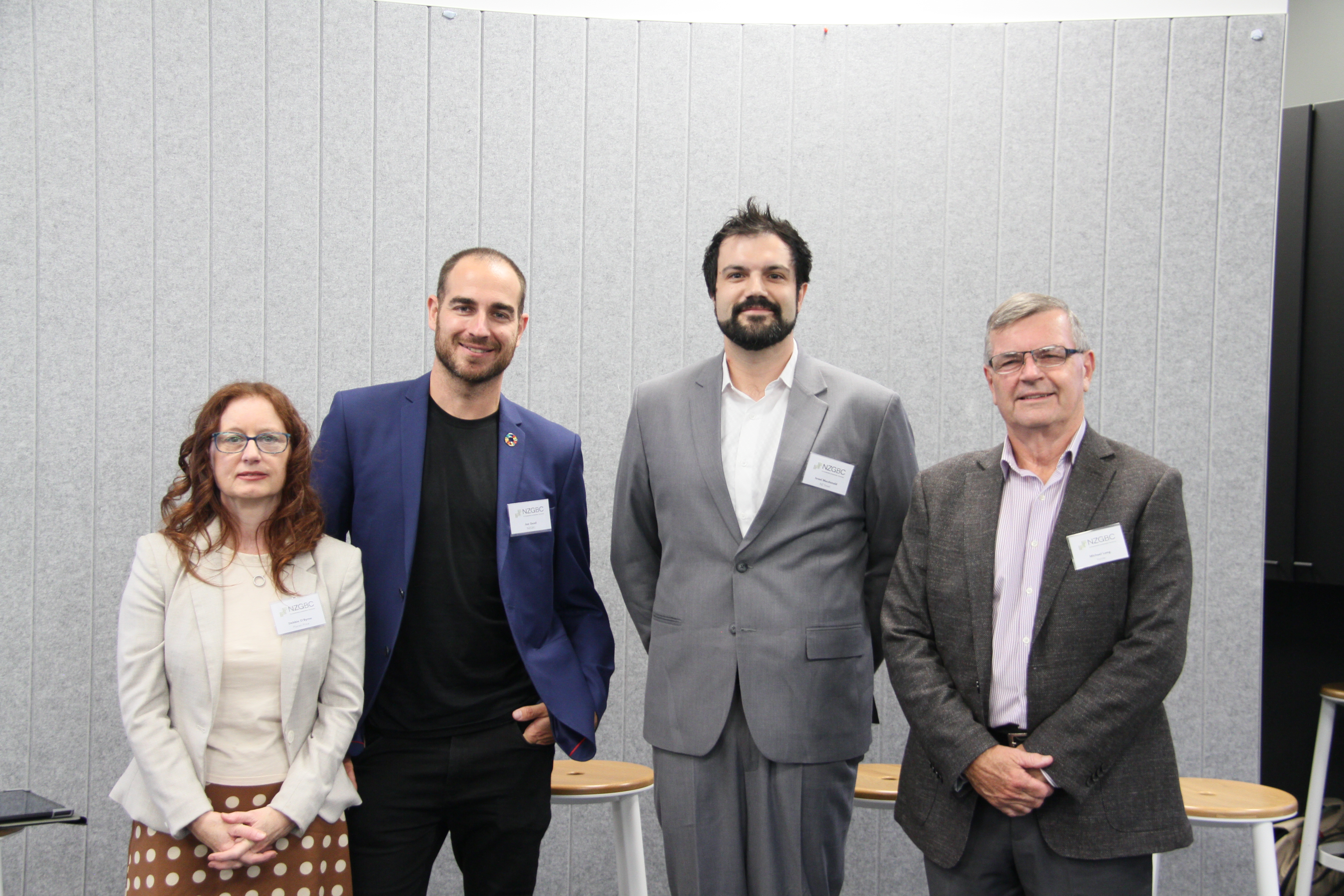Green Star Technical Clarification Rulings
Technical Clarifications for Green Star represent our answers to Technical Questions submitted by projects, and provide further guidance and reference to others. The list is regularly updated.
There are two types of Technical Clarifications listed in the table below:
General Clarifications
These are extensions to the guidance provided in the Submission Guidelines. They clarify and sometimes supersede the original Credit Criteria or
Compliance Requirements. General Clarifications set precedent for future project teams to follow. Should a project team wish to apply a general clarification to its project, there is no requirement for further Technical Questions to be submitted. NZGBC Assessors will also use them as precedents to assess submissions.
Project Specific Clarifications
These are published as references for other projects but, unlike General Clarifications, they do not set precedent. They often relate to special
situations where multiple prerequisites exist for a particular project and are less likely to reoccur to another project. Therefore, rulings set for Project Specific Clarifications are often conditional and will likely vary for other projects. Each project still needs to submit its own Technical Questions and provides evidence relating to its own building in order to have a similar ruling approved for that specific building.
Should you wish to apply any Technical Clarification for legacy rating tools to your projects, please submit a Technical Question to the NZGBC to
explain why and how it applies. You can download the Technical Question form here
| Technical Question Title | Clarification Type | Tool Version | Month Released | Credit Name | Sub-credit Name | Amendment/Approved Ruling |
|---|---|---|---|---|---|---|
| Crushed Concrete Reused as Hardfill or Backfill (Credit 19) | General | DABv1.1 | October 2023 | 19 - Life Cycle Assessment/Impacts | Life Cycle Impacts – Concrete | |
| "Final Claim" on Product Essential for FSC and PEFC timbe | General | DABv1 | May 2021 | 20 - Responsible Building Materials | Timber |
For FSC and PEFC timber the ‘final claim’ on product is the crucial step in demonstrating that the timber material meets forest certification. The principal of Chain of Custody is that the ‘final claim’ on product demonstrates that all previous steps in the supply chain meet chain of custody requirements. For Green Star or Home Star projects, Green Star and Home Star accredited professionals only require the single claim, at the final point of purchase, to demonstrate that the product can make a conforming FSC or PEFC claim on timber. |
| Site Maintenance Procedures | General | DABv1 | June 2021 | 29 - Innovation | Global Sustainability | |
| Compliance for using Design Energy Modelling Report at Built | General | DABv1 | November 2020 | 15 - Greenhouse Gas Emissions | Greenhouse Gas Emissions | |
| Shower Water Efficiency Requirement with 1 Star of WELS Category F | General | DABv1 | November 2020 | 18 - Potable Water | Sanitary Fixture Efficiency | |
| Warehouse Floor Glare Reduction | General | DABv1 | April 2024 | 12 - Visual Comfort | Glare reduction | |
| Determining Peak Transport Time | General | DABv1 | November 2020 | 17 - Sustainable Transport | Sustainable Transport | |
| Definition of Mixed-User for Electricity Assessment | General | DABv1 | November 2020 | 16 - Peak Electricity Demand Reduction | Peak Electricity Demand Reduction | |
| Statutory Minimums Excuded from Shower Count | General | DABv1 | October 2019 | 17 - Sustainable Transport | Active Transport Facilities | |
| Refurbishments with Unaltered Stormwater Peak Discharge | General | DABv1 | June 2022 | 25 - Stormwater | Stormwater Peak Discharge |
For existing buildings, refurbishment projects with no alterations to the stormwater catchment can be awarded 1 point for Stormwater Peak Discharge by providing a letter from the building owner stating that there have been no changes to the stormwater catchment (e.g. roofs, site landscaping, existing stormwater infrastructure etc.) as part of the project and therefore there is no increase in the post-development peak stormwater flows. |

